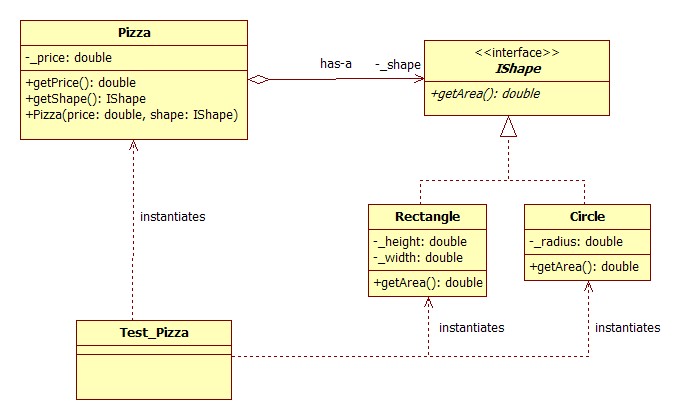
Set package in staruml software#
Saves the current diagram in the specified location as xml file.Franco Martinig, Martinig & Associates, StarUML is an open source software modeling tool that supports the UML (Unified Modeling Language) framework for system and software modeling. The possible formats are: jpeg, png, svg, svgz, or gif. Saves the diagram in an image file with the specified name and path. Enabled by default.Ĭlick this icon to copy the diagram into the clipboard.Ĭlick this icon and then select any diagram area with the mouse cursor: the selected area will be copied into the clipboard. Allows you to merge edges and select edge shapes.įits the diagram content after selecting the layout. Manages the way the diagram is presented by showing the grid, edge labels, bridges. Scales the diagram content to the edges of the diagram window. Provides you with the following opientation options: Bottom to Top, Top to Bottom,Īpplies the current layout, selected from the Layout node of the diagram context menu Select the desired diagram layout from the submenu.

This node contains refactoring commands, enabled in the current context.Ĭhoose this command to open the selected diagram node element in the editor.Ĭhoose this command to search for usages of the selected node element.įits the content into the current diagram size. Start typing the class name and select the target item from the completion list. Shows or hides categories like methods, inner classes, and fields.Įnables adding an existing class to the diagram. Use this node to add new elements to a diagram. To see it as a diagram, click Show Visualization ( ) or press Ctrl+Alt+Shift+U. By default, the query is displayed as a tree. Then, in the Output pane, switch to the Plan tab. In the editor, right-click an SQL statement and select Explain Plan. In the Database tool window, right-click a schema or a table and select Diagrams | Show Visualization Ctrl+Alt+Shift+U or Diagrams | Show Visualization Popup Ctrl+Alt+U from the context menu. View the structure of a database or table as a diagram Keeping Alt pressed, hover your mouse pointer over diagram areas. Keeping Ctrl pressed, rotate your mouse wheel. To apply the selected layout, click on the diagram toolbar.Īlternatively, drag entities in the diagram manually to achieve the desired layout. Then select the desired layout from the submenu. Right-click the diagram background, and choose Layout from the context menu. Select one or more nodes in the diagram to highlight the corresponding nodes in the preview area. Open the Structure tool window Alt+7 and drag the shadow area to obtain the desired view. Productivity tips Enable the diagram preview The node "importance" is expressed via fractional value from 0.0 to 1.0 measurement and the brightest node selection should be explored first. In the dialog that opens, select additional options if needed and click Measure. In the diagram editor, right-click anywhere in the editor to open the context menu.įrom the context menu, select Analyze Graph | Measure Centrality. You can use this action to identify the important nodes in the graph.
Set package in staruml code#
You can navigate to the underlying source code by selecting a diagram element and pressing F4). You can view members of the class, add new, delete the existing ones, see implementations, check parent classes, perform basic refactoring, add notes, and so on. When working with diagrams, use the context menu in the diagram editor to perform different tasks. To save the diagram as a file, right-click the diagram editor and from the context menu, select Export Diagram | Export to File and then the file extension in which you want to save the diagram. This might be helpful, when you generate a diagram on a package that contains inner packages.

When you click through classes in the graph, P圜harm greys out classes that do not reside in the same package. To see the list of methods, fields, and other code elements, select the appropriate icon on the diagram toolbar located on top of the diagram editor. You can press Ctrl+F12 on the element to view a list of diagram elements and navigate between them. To view changes in revisions as a UML Class diagram, in the History tab of the Version Control tool window, select the desired revision and select Show Diff as UML from the context menu or press Ctrl+Shift+D. You can double-click a node to view changes in a Differences viewer. You can use the UML Class diagram to evaluate how your local code changes affect the application.įrom the context menu of the code editor, the Project tool window, or the Local Changes view, select Show Local Changes as UML, or press Ctrl+Alt+Shift+D.


 0 kommentar(er)
0 kommentar(er)
